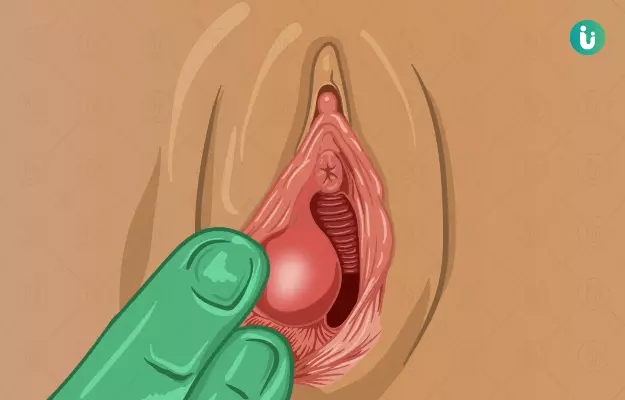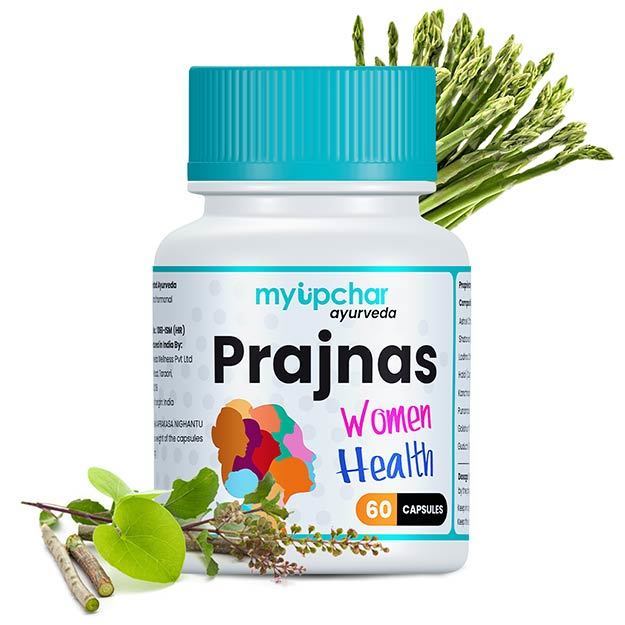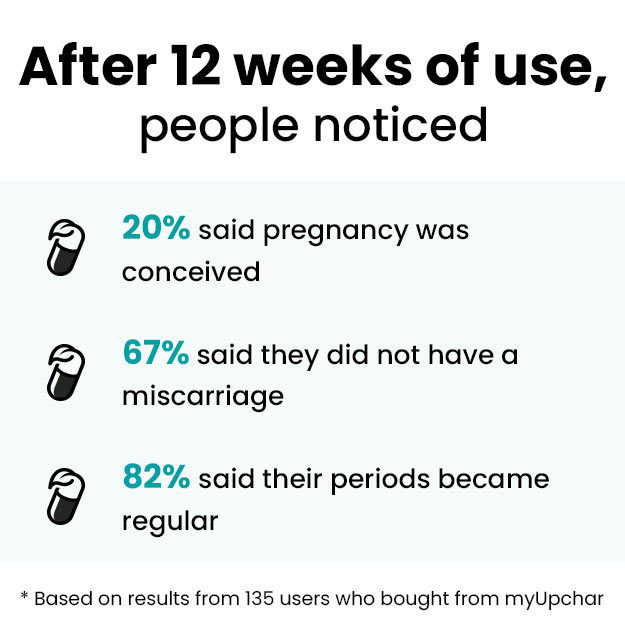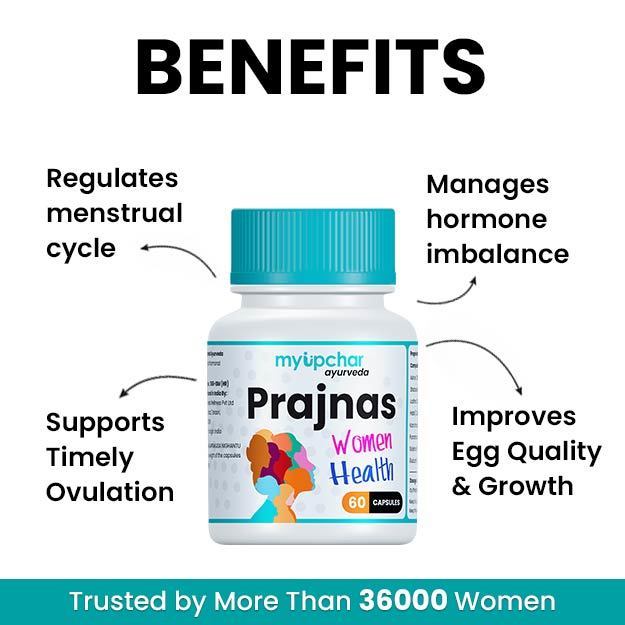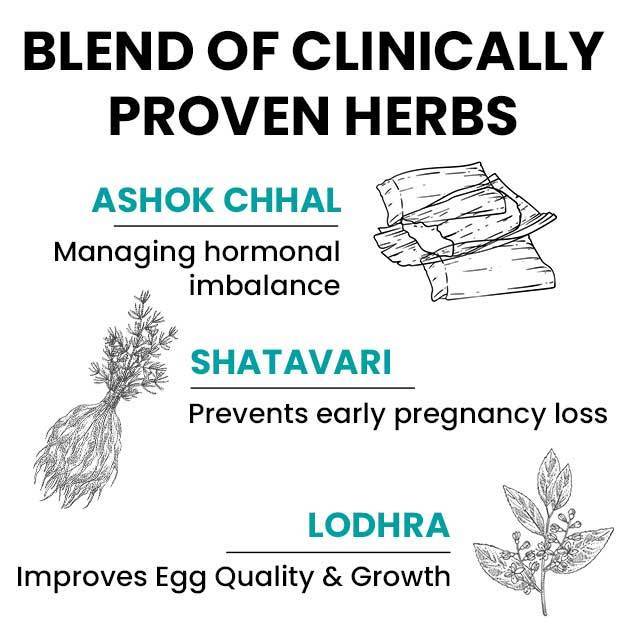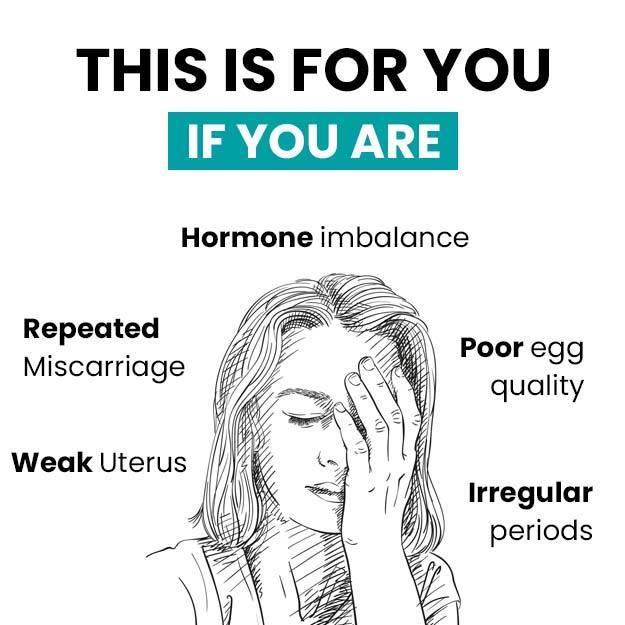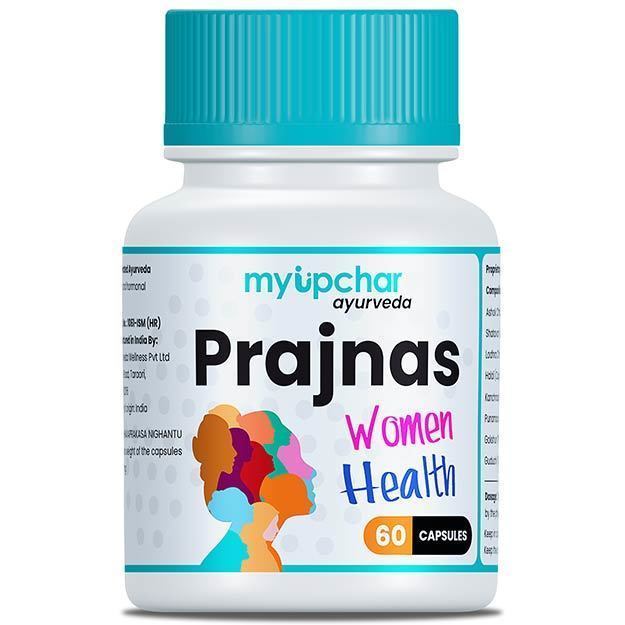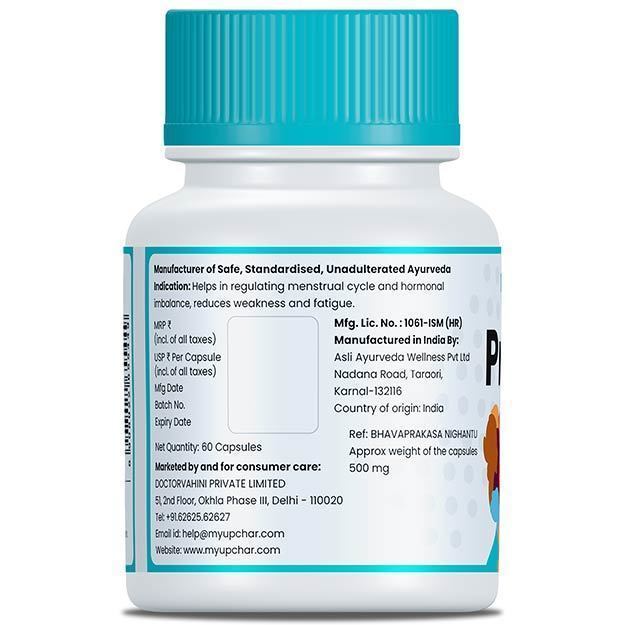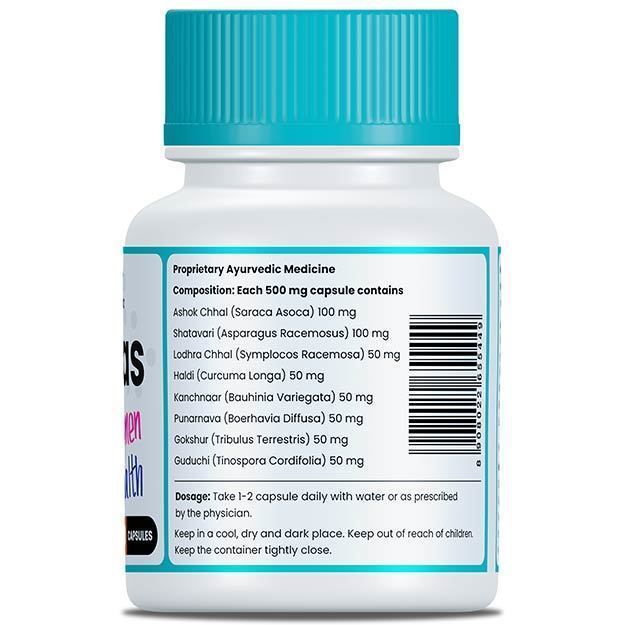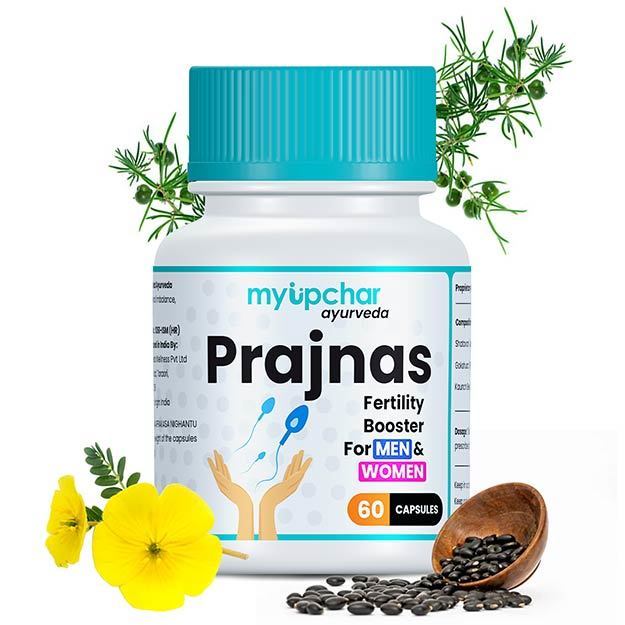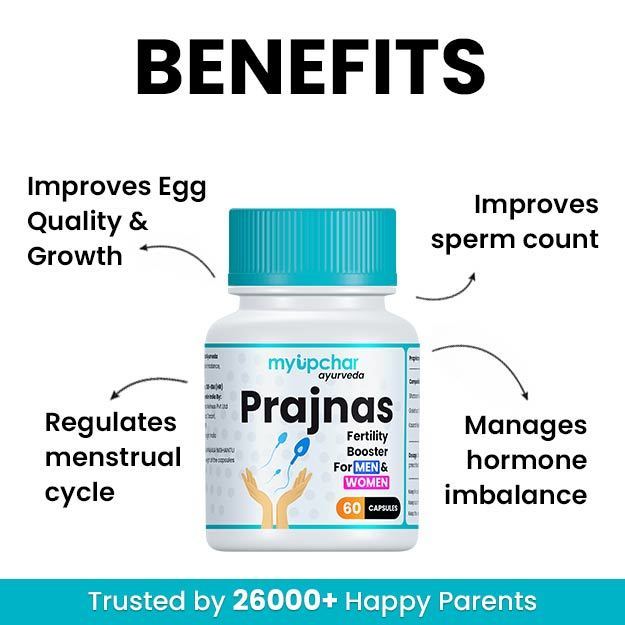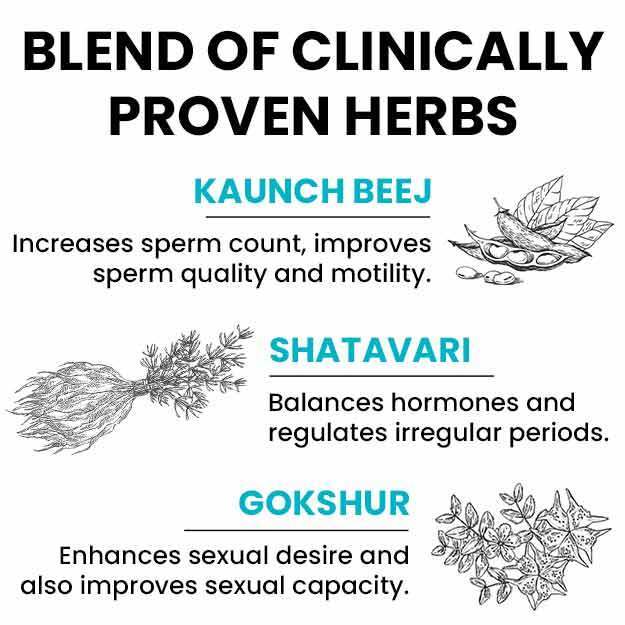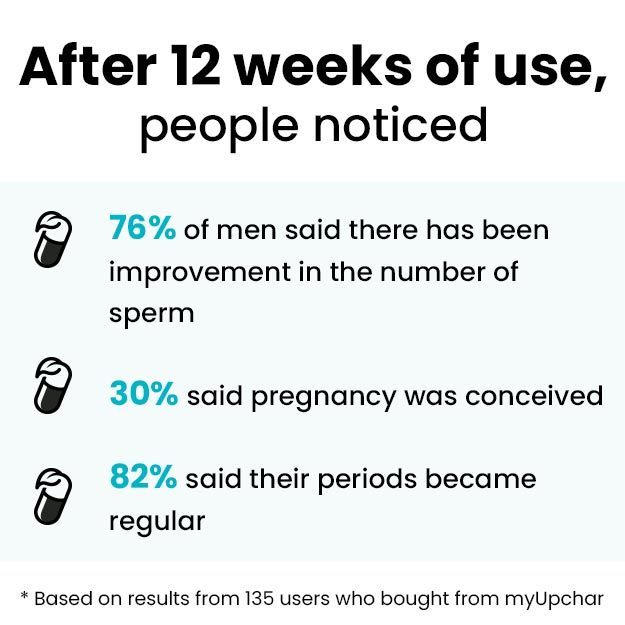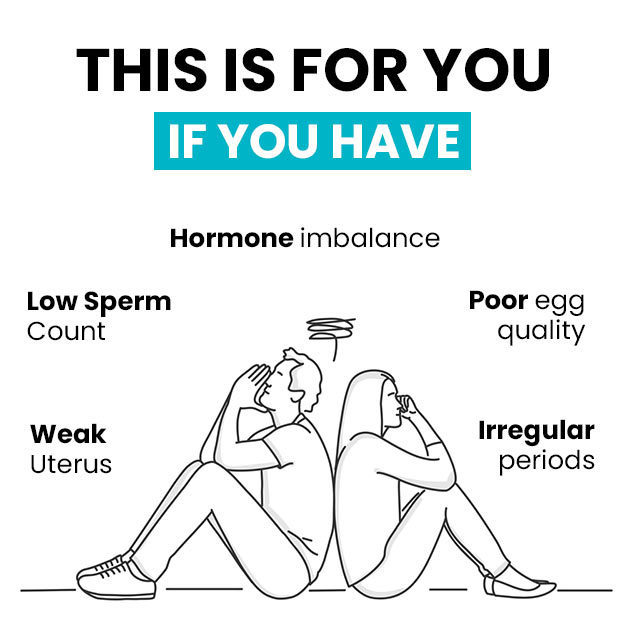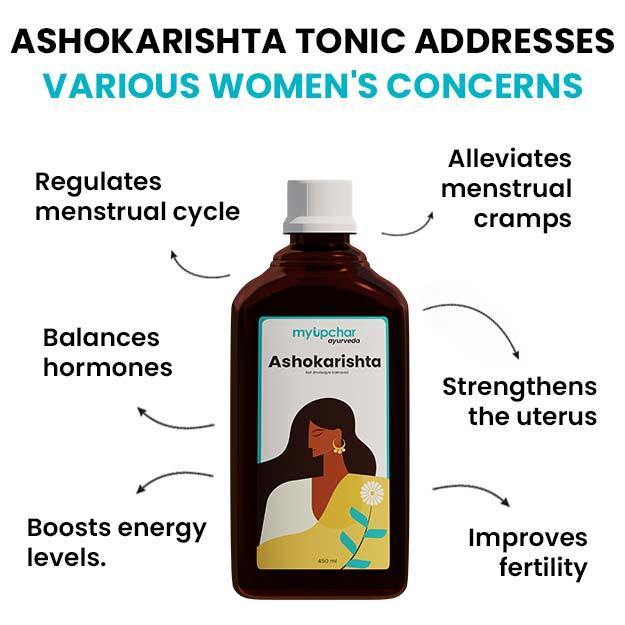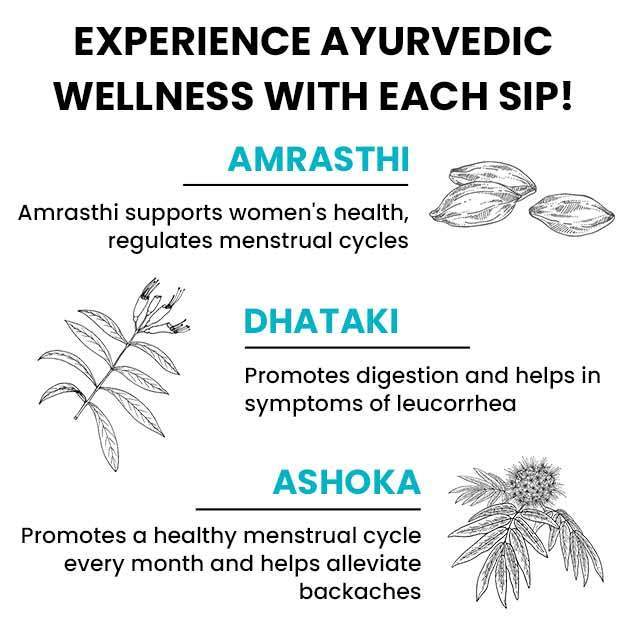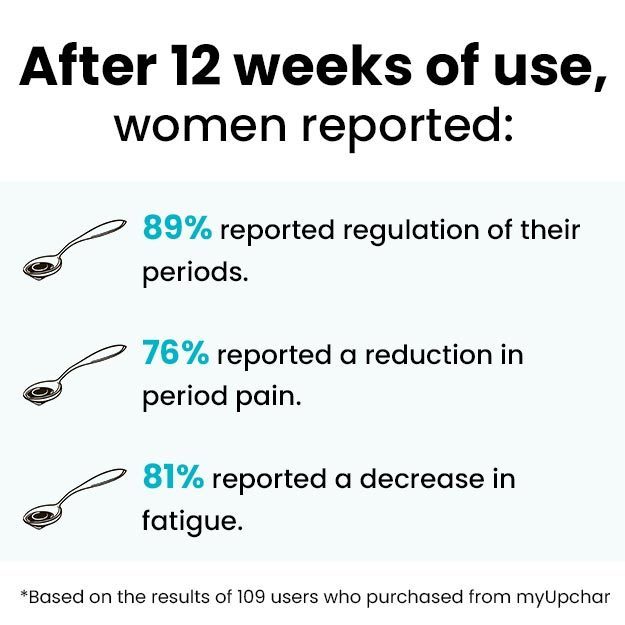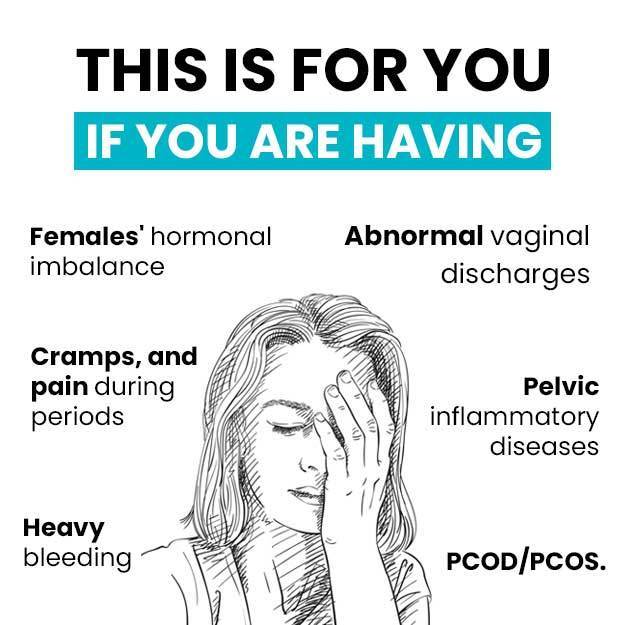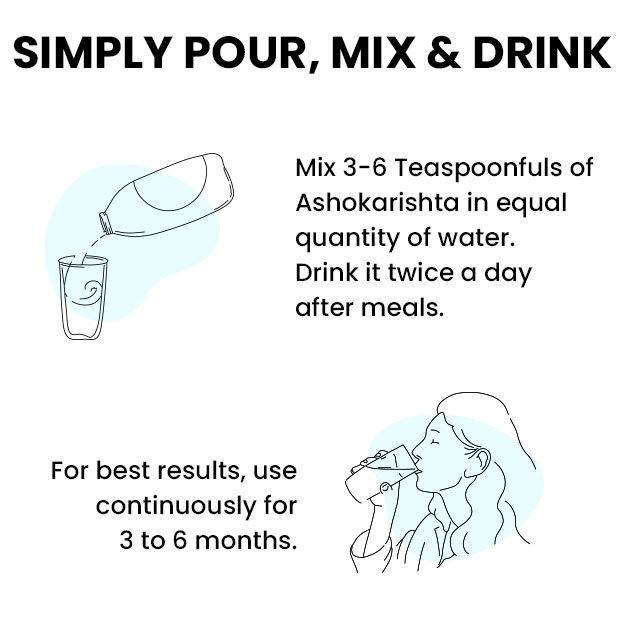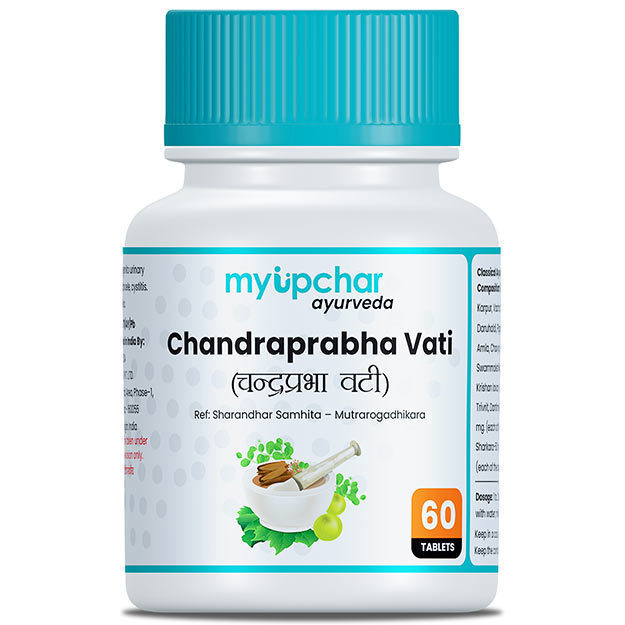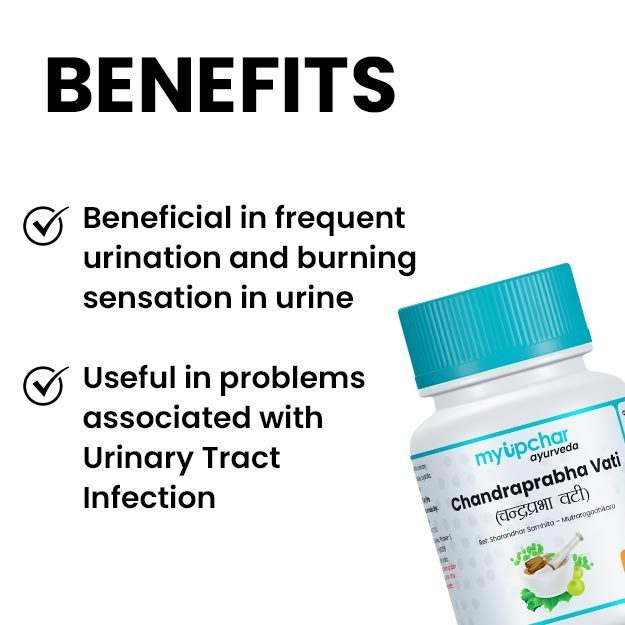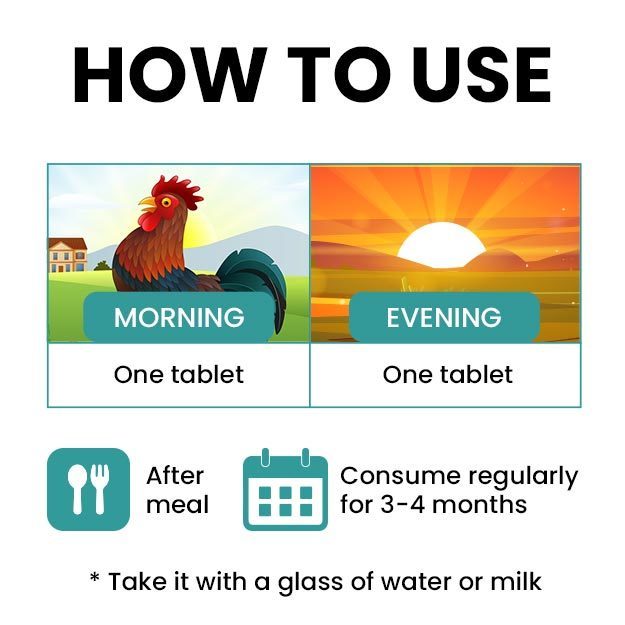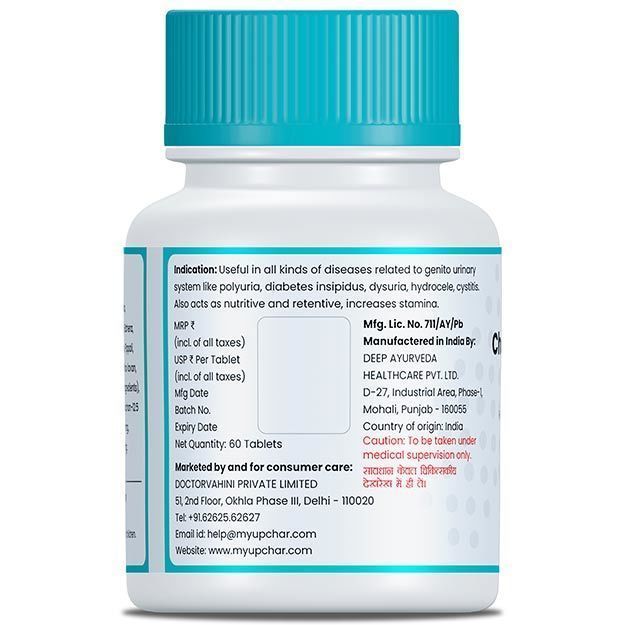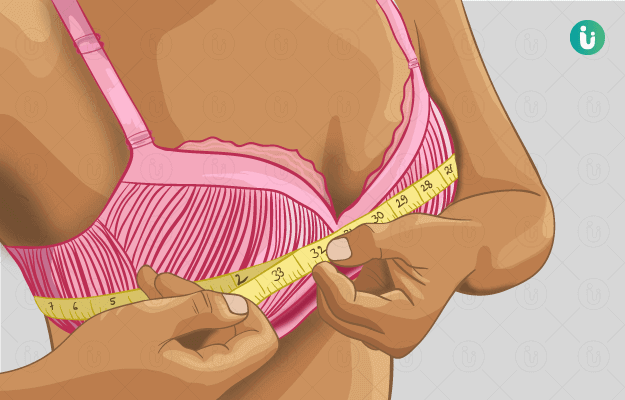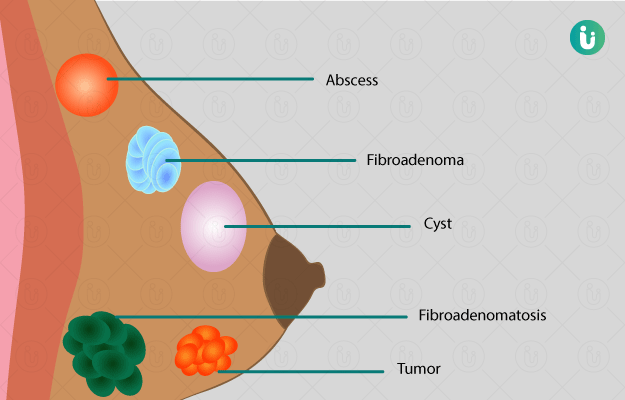When it comes to women's health, some issues are rarely discussed, either due to discomfort or lack of awareness. One such topic is vaginal cysts. While the term may sound alarming at first, vaginal cysts are usually not dangerous. Still, understanding what they are, why they occur, and how to manage them can offer peace of mind and ensure timely treatment if needed.
This article takes you through everything you need to know about vaginal cysts — including their causes, symptoms, diagnosis, treatment, and prevention — all in simple language that’s easy to grasp.
- What Is a Vaginal Cyst?
- What Causes Vaginal Cysts?
- Types of Vaginal Cysts
- Other Conditions Similar To Vaginal Cysts
- Who Is at Risk?
- Symptoms of Vaginal Cysts
- How Is a Vaginal Cyst Diagnosed?
- Treatment Options
- Complications of Vaginal Cysts
- Can Vaginal Cysts Be Prevented?
- When Should You See a Doctor?
- Living with a Vaginal Cyst
-
FAQs About Vaginal Cyst
- What is a vaginal cyst?
- What causes vaginal cysts to form?
- What are the symptoms of a vaginal cyst?
- Are vaginal cysts dangerous?
- How is a vaginal cyst diagnosed?
- Can vaginal cysts go away on their own?
- What is the treatment for a vaginal cyst?
- Can vaginal cysts be prevented?
- Is a vaginal cyst the same as a tumor?
- When should I see a doctor about a vaginal cyst?
- Takeaway
What Is a Vaginal Cyst?
A vaginal cyst is a small, closed sac that can develop on or under the vaginal lining. These cysts are usually filled with fluid, air, pus, or other materials. Most of the time, vaginal cysts are benign (non-cancerous) and don’t cause any symptoms. In fact, many women don’t even realize they have one unless it's noticed during a routine pelvic exam.
While vaginal cysts are generally harmless, they can sometimes become painful or infected. In such cases, medical attention might be needed.
(Read More: Vaginal Burning)
What Causes Vaginal Cysts?
There are several reasons why vaginal cysts may form. Understanding the underlying causes can help with prevention and early treatment.
Blocked Glands
One of the most common causes of vaginal cysts is blockage in the glands located near the vaginal opening, especially the Bartholin's glands. These glands produce a fluid that helps lubricate the vagina. When the duct of one of these glands gets blocked — due to thickened secretions, scarring, or injury — the fluid cannot exit properly. As a result, it builds up, creating a fluid-filled sac or cyst.
(Read More: Pubic Hair Removal)
Trauma or Injury During Childbirth
Minor trauma to the vaginal area, especially during childbirth, can lead to the formation of cysts such as epidermal inclusion cysts or Müllerian cysts. In the case of epidermal inclusion cysts, tissues from the surface of the vagina may become trapped under the skin, forming a fluid-filled sac. Müllerian cysts may also appear from injured vaginal wall tissue during delivery.
(Read More: Beyond the Basics: Your Definitive Guide to the Copper T)
Infections
Bacterial infections in the vaginal area — especially if they involve the Bartholin’s glands or hair follicles — can cause inflammation and pus accumulation. This leads to the development of a cyst, and if the infection progresses, it may turn into an abscess, which is a pocket of pus that can be extremely painful.
(Read More: Best Time To Get Pregnant)
Congenital and Developmental Causes
Some vaginal cysts develop due to abnormalities present from birth. Gartner’s duct cysts, for example, are formed from tissues that remain in the pelvis after early fetal development or even after a miscarriage. These are also known as mesonephric cysts and may not appear until later in life.
(Read More: Can I Get Pregnant After My Period?)
Other Causes
Other potential triggers include:
- Endometriosis, where uterine tissue grows outside the uterus and may form cysts
- Blocked ducts due to poor hygiene or irritation
- Miscarriage-related tissue remnants
- Post-surgical or post-trauma scarring
(Read More: Navigating Vaginal Whitening: A Guide to Choices)
Types of Vaginal Cysts
Vaginal cysts can vary in type depending on their cause and location. Here are the main types:
1. Bartholin’s Cyst
These are the most common and occur when the Bartholin's glands at the vaginal entrance get blocked. Secretions get trapped, leading to cyst formation. If infection develops, the cyst becomes painful and forms an abscess.
2. Epidermal Inclusion Cyst
These result from injury — often during childbirth or surgery. When surface vaginal tissue gets trapped under the skin, it leads to a small, painless lump.
3. Müllerian Cyst
These cysts originate from injured vaginal wall tissue, commonly during childbirth. They may also be a result of residual Müllerian duct tissue from fetal development.
4. Gartner’s Duct Cyst
Also known as mesonephric cysts, these form from leftover tissue after a miscarriage or incomplete regression of fetal ducts.
(Read More: When To Have Sex After Tubectomy?)
Other Conditions Similar To Vaginal Cysts
Some swellings in or near the vaginal wall might appear similar to cysts but are actually different conditions:
-
Benign Tumors: Rarely found in the vagina but can present as lump-like clusters, sometimes mistaken for cysts.
-
Cystoceles and Rectoceles: These bulges on the vaginal wall result from pressure during childbirth. Cystoceles involve the bladder, while rectoceles involve the rectum pushing into the vaginal space.
(Read More: Sex during periods: benefits, side effects)
Who Is at Risk?
Vaginal cysts can occur in women of any age, but certain factors may increase the risk:
- Women of reproductive age
- History of vaginal or pelvic surgery
- Recent childbirth or miscarriage
- Vaginal infections
- Endometriosis
- Poor genital hygiene
- Frequent friction or trauma to the area
(Read More: Understanding Vaginal Pain: Causes, Symptoms, and Relief)
Symptoms of Vaginal Cysts
In many cases, vaginal cysts do not cause any symptoms. However, when symptoms do occur, they might include:
- Vaginal discomfort or a feeling of pressure
- A visible or palpable swelling or lump in the vaginal area
- Pain during intercourse (dyspareunia)
- Pain or burning sensation while urinating
- Vaginal bleeding (though rare)
- Redness or tenderness, especially if infected
- Foul-smelling discharge from the cyst (in case of abscess)
Often, the only noticeable sign is a painless lump near the vaginal wall. However, any changes in size, pain, or discomfort should be evaluated.
(Read More: Pregnancy Contractions: Signs, Stages, & Relief)
How Is a Vaginal Cyst Diagnosed?
Diagnosis is typically carried out by an obstetrician-gynecologist (OB-GYN) and involves several steps:
1. Pelvic Examination
This is the first step, where the doctor visually inspects and feels the vaginal area for any unusual growths or lumps.
2. Ultrasound
A pelvic ultrasound may be done to determine whether the cyst is fluid-filled or solid. It helps assess its depth and confirm its nature.
3. Biopsy
If the cyst looks unusual, firm, or irregular, a biopsy may be performed. A sample of the cyst tissue or its contents (especially if it oozes fluid) is examined in a lab to rule out any serious condition such as cancer.
4. Additional Imaging
In cases where the cyst is large, complex, or located deeper in the vaginal canal, an MRI may be used to provide more detailed images and help with treatment planning.
(Read More: Understanding the Reset)
Treatment Options
Treatment varies based on the size, type, symptoms, and whether the cyst is infected or recurrent.
1. Observation
For small, painless cysts, doctors may recommend no immediate treatment. Regular monitoring and good hygiene may be sufficient.
2. Warm Sitz Baths
If the cyst is mildly infected or causing discomfort, soaking the lower half of the body in warm water 3–4 times a day for a few days can help it rupture and drain naturally. This is especially effective in the early stages of Bartholin’s cysts.
3. Antibiotics and Pain Relief
If there's an infection, the doctor may prescribe a course of antibiotics. Painkillers such as ibuprofen or acetaminophen may also be given to manage inflammation and discomfort.
4. Drainage
If the cyst becomes large, painful, or turns into an abscess, a minor surgical procedure may be required to drain it. This is usually done under local anesthesia.
5. Bartholin’s Gland Treatment
In cases where Bartholin’s cysts keep recurring, the doctor may surgically open the blocked duct or perform a procedure called marsupialization. This creates a new opening for the gland to drain properly and prevents future buildup.
6. Surgical Removal
For large, persistent, or recurrent cysts, complete surgical removal may be necessary. This is often done under local anesthesia, and the patient can typically go home the same day.
(Read More: Bleeding After Abortion: What to Expect and When to Get Help)
Complications of Vaginal Cysts
Though vaginal cysts are usually benign and asymptomatic, complications can arise, especially if they become infected or ignored for long periods:
- Infection: The cyst may fill with pus and turn into a painful abscess.
- Recurrent Cysts: Some types, like Bartholin’s cysts, have a tendency to recur even after treatment.
- Pain and Discomfort: Larger cysts can cause pain during intercourse, urination, or while walking.
- Psychological Impact: Uncertainty or embarrassment about the cyst can lead to anxiety or emotional stress.
- Rare Malignancy: In very rare cases, cysts can develop cancerous changes. Biopsy helps rule this out.
(Read More: How to Get an Early Period: Your Simple Guide)
Can Vaginal Cysts Be Prevented?
Although not all vaginal cysts can be prevented, certain practices may reduce your risk:
- Maintain good personal hygiene
- Avoid using harsh soaps or douches inside the vagina
- Practice safe sex to avoid infections
- Wear breathable, loose-fitting underwear
- Treat vaginal infections early and properly
- Avoid excessive friction during sexual activity
(Read More: Tips on keeping your vagina healthy)
When Should You See a Doctor?
Seek medical attention if:
- The cyst grows in size or becomes painful
- You notice pus, redness, or warmth around the area
- You experience pain during urination or intercourse
- There is a persistent or recurring cyst
- You develop a fever or general illness alongside the swelling
Timely evaluation and treatment help prevent complications and ease discomfort.
(Read More: 2 periods in one month: Causes, Risks, Treatment)
Living with a Vaginal Cyst
Having a vaginal cyst may feel concerning, but many women live with small cysts without even knowing it. If you’ve been diagnosed with one, it’s important not to panic. Most cysts are harmless and don’t require aggressive treatment.
If your cyst doesn’t bother you, regular monitoring and good hygiene may be all that’s needed. For those who have recurring or infected cysts, treatment options are available and usually effective.
(Read More: How to stop periods early)
FAQs About Vaginal Cyst
Got Questions? We've got solutions!
What is a vaginal cyst?
A vaginal cyst is a fluid-filled sac that forms in or around the vaginal wall. It is usually benign and may not cause any symptoms unless it grows or becomes infected.
What causes vaginal cysts to form?
Vaginal cysts may form due to blocked glands (like Bartholin’s), trauma during childbirth, infections, congenital issues, or leftover tissues after miscarriage.
(Read More: What does your period say about your health?)
What are the symptoms of a vaginal cyst?
Common symptoms include a lump in the vaginal area, discomfort, pain during intercourse, painful urination, and sometimes redness or discharge if infected.
Are vaginal cysts dangerous?
Most vaginal cysts are harmless and non-cancerous. However, if they become painful, infected, or persistently recur, medical evaluation is necessary.
(Read More: What to eat if periods are not coming?)
How is a vaginal cyst diagnosed?
Diagnosis is typically done through pelvic examination, ultrasound imaging, and sometimes biopsy or fluid culture if the cyst appears infected or abnormal.
Can vaginal cysts go away on their own?
Yes, small, painless cysts often resolve on their own. Warm sitz baths and good hygiene may help with healing. Larger or painful cysts may require treatment.
(Read More: Chest Pain: causes, treatment, medicine, types)
What is the treatment for a vaginal cyst?
Treatment may include warm compresses, antibiotics, drainage, or minor surgery like marsupialization or excision, depending on the type and severity.
Can vaginal cysts be prevented?
While not always preventable, maintaining proper hygiene, practicing safe sex, treating infections early, and avoiding vaginal trauma can reduce the risk.
(Read More: Common Causes of Chest Tightness)
Takeaway
Vaginal cysts are more common than many women realize. Although the term "cyst" can sound scary, most of these are harmless and treatable. Knowing what to look for, when to see a doctor, and what your options are can help you manage this condition with confidence.
Don’t hesitate to discuss any concerns or symptoms with your healthcare provider. Open conversations about your body — including topics that feel a bit awkward — are essential for maintaining good health.
Find Obstetrician and Gynaecologist in cities
- Obstetrician and Gynaecologist in Bangalore
- Obstetrician and Gynaecologist in Mumbai
- Obstetrician and Gynaecologist in Ghaziabad
- Obstetrician and Gynaecologist in Chennai
- Obstetrician and Gynaecologist in Pune
- Obstetrician and Gynaecologist in Delhi
- Obstetrician and Gynaecologist in Hyderabad
- Obstetrician and Gynaecologist in New Delhi
- Obstetrician and Gynaecologist in Gwalior
- Obstetrician and Gynaecologist in Gurgaon


